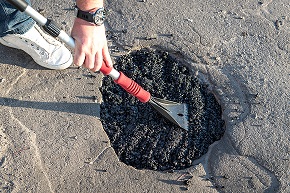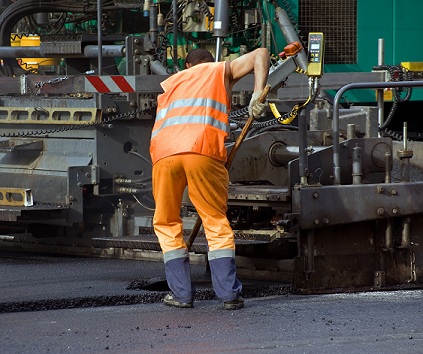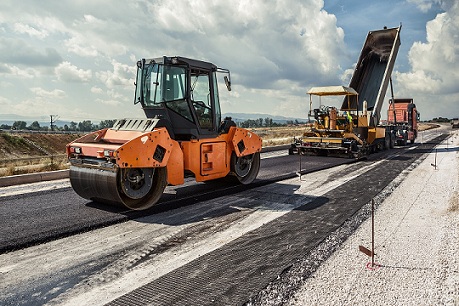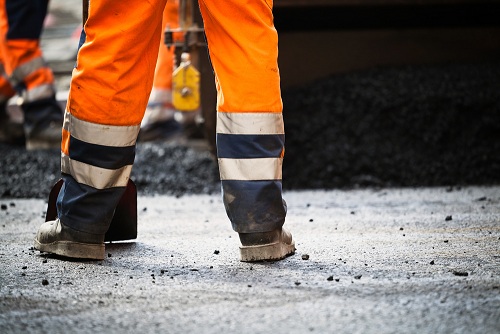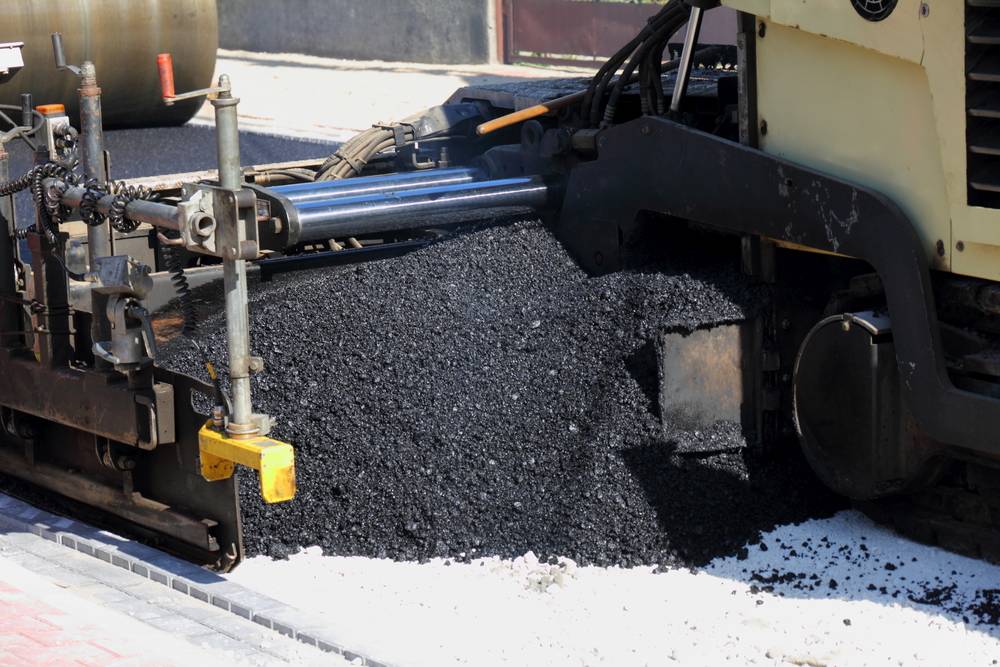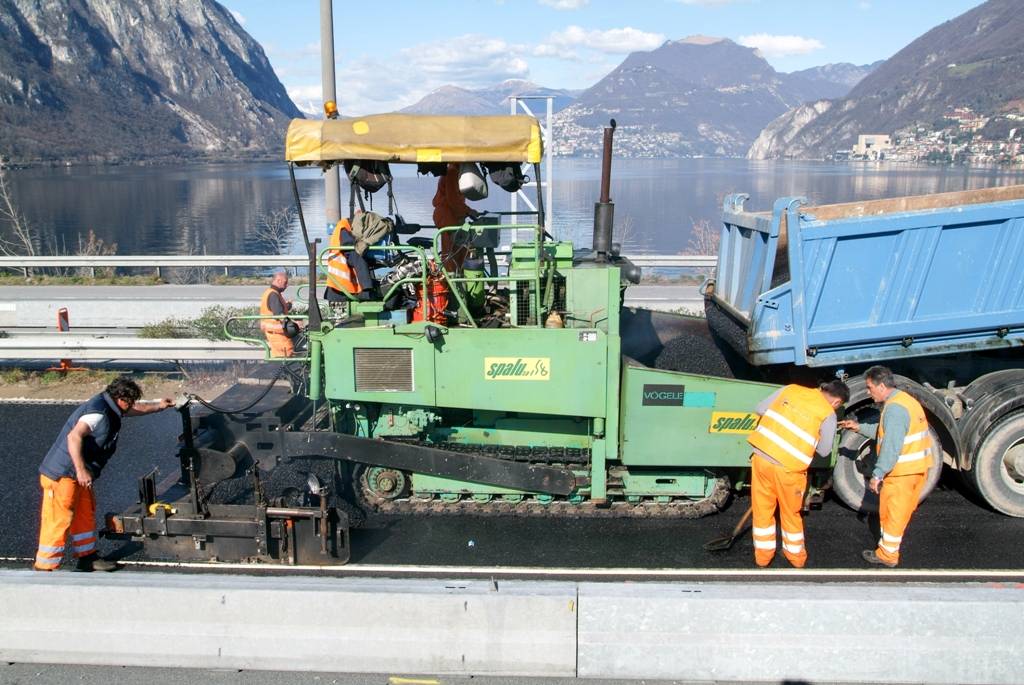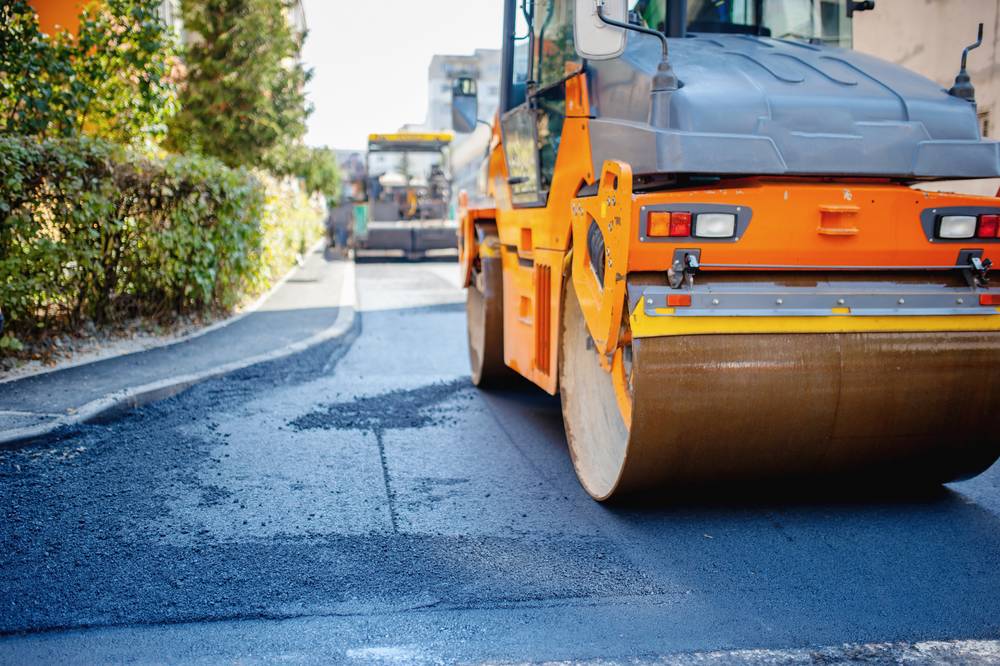Bitumen emulsions are very popular among consumers of building materials. Ordinary and industrial consumers, construction companies, and road-building companies pay particular attention to them. Something that brings tangible benefits cannot remain unnoticed.
Bitumen emulsion is made by mixing bitumen and water with special equipment while adding emulsifiers (usually chemical class products amines) and acids. There are both benefits and limitations when using bitumen. It is also important that the water used in the mixture does not have excessive mineral salt levels.
Bitumen emulsions are classified according to three criteria: (1) the sign (+positive or -negative) of the electric charge of the pellets; (2) the decay rate; and (3) the weight and content of the bitumen base binder.
Bitumen emulsions are further divided by their concentration levels. Depending on the intended application, bitumen emulsions can have the following levels of concentration: 50%; 55%; 60%; 65% and 69%.
The decay rates of emulsion are categorized as being rapid, medium, slow or ultra stable. According to the sign of the electrical charge of emulsion granules (+positive or -negative), they are either anionic or cationic. The latter one is more widely used due to a stronger adhesion level to the stone materials of acid rock. Having greater adhesion characteristics is a great advantage in the construction industries
GlobeCore is one of the most successful and reliable manufacturers of bitumen equipment. Years of experience and extensive marketing has stimulated continuous improvement of existing technologies and the developing of new and better ones making the GlobeCore equipment a worldwide industry leader.
The production process of bitumen emulsion is based on dispersion of bitumen in water. A mechanical colloidal mill separates the bitumen into smaller particles. Due to the emulsifier’s physic-chemical energy, surface tension is enhanced at the interface between the hydrocarbon and water phases and forms a film around the particles.
The GlobeCore UVB unit is designed for processing both cationic and anionic bitumen emulsions. The great demand for GlobeCore equipment is the result of the versatility, flexibility, and the number of many other advantages offered by the UVB unit. This demand has also served to drive the industry to research and develop new and better technology.
The GlobeCore UVB-10FS model is similar to technologies of its kind from perspective of construction. The letters “FS” in the model designation represents an improved set of components that provide additional security and special features that include the presence of a heat generator, container for the generator, and a removable tank. The entire unit consists of 5 parts that can easily be placed in 20×40 cubic containers if needed to be transported.
This kind of UVB equipment is intended for use in both outdoor and indoor applications. Typically, the UVB is a semiautomatic piece of equipment that consists of separate units connected by pipelines that mounted on the same frame.
The main functional blocks for the production of bitumen emulsions are the aqueous phase block, and the emulsifying block. They are connected to containers holding emulsifier acids and thinners.
The main block of the UVB-10PK is a bitumen boiler. Bitumen, before being fed into the unit, is prepared in a mini-laboratory equipped with various devices for testing the emulsion, pH levels, and chemical content.
The UVB-10PK unit has a bitumen receiving unit that has a lift for loading and unloading bitumen products. Two people, the operator and the laboratory technician, control the whole setup.
Heating occurs by means of thermal oil that is supplied from the heater through piping in each individual block. Operational performance of the UVB-10PK is 8 m3/hr. At this performance level, power consumption is about 96-100 kW.
The package also includes a bitumen storage section. This section consists of a container in which there is a system for heating water and has a thermo generator. The top bitumen storage section is equipped with a tank with either one or two receptacles for receiving the emulsion. Both the Bitumen storage and Emulsion tanks are equipped with stirrers.
The volume of bitumen storage equals 30-32m3, water storage equals 8-10m3, the emulsion tank equals – 16m3 and the bitumen boiler equals – 10m3.
With full integration, multi-directional operation, and versatility, the UVB- 10PK has become a very popular and profitable asset.
